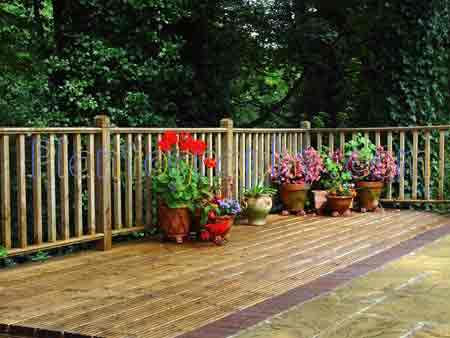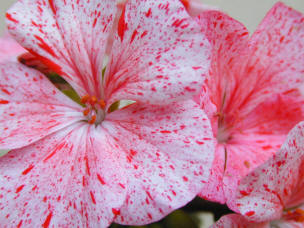Apple scab disease - Brown scabs and scars on Fruit.Apple scab disease
This Apple Scab fungal disease - Venturia inaequalis - does much more harm than is generally realised, for it affects the health of the whole tree. But apple trees are often neglected. They are simply admired for their blossom in the spring and again for their fruit in late summer. It is little wonder that apple scab disease is allowed to take hold, for it also affects the tree bark and foliage before being noticed on the fruit at or just before harvest time.
Whilst the weather and general climate plays an important part in the spread of the disease, poor or careless care is also a factor. The appearance of scabs, brown spots or cracks in the fruit, are often the first signs for many gardeners - judging from my mailbox at this time of year. However, the fungal spores have probably been present on or around the apple tree since the previous winter. The fungal spores are not visible to the human eye, so it is generally a case if out of sight, out of mind!Apple scab disease
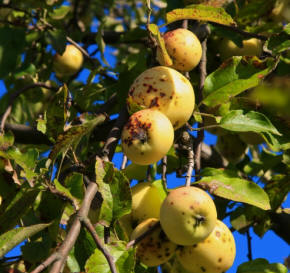
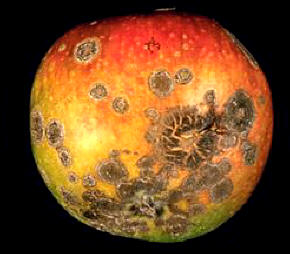 Apple fruit scab disease first visualises as small imperfections on
the leaves well before fruiting time. Small pale coloured spots and
bumps appear on the leaves in mid to late summer. As time progresses
these spots turn to a greeny brown, or light brow. This results in brown
spots of the leaves and also upon closer inspection, blistering of the
smaller twigs or fruit trusses near the fruit cluster. The leaves often
contort into twisted shapes. The rusty scabs then show up on the fruit
as the disease spreads unchecked to the young fruit. These then develop
into full scale scabbing of the apples, often rendering them inedible,
though they are normally harvested!
Apple fruit scab disease first visualises as small imperfections on
the leaves well before fruiting time. Small pale coloured spots and
bumps appear on the leaves in mid to late summer. As time progresses
these spots turn to a greeny brown, or light brow. This results in brown
spots of the leaves and also upon closer inspection, blistering of the
smaller twigs or fruit trusses near the fruit cluster. The leaves often
contort into twisted shapes. The rusty scabs then show up on the fruit
as the disease spreads unchecked to the young fruit. These then develop
into full scale scabbing of the apples, often rendering them inedible,
though they are normally harvested!
There will also be evidence of affected leaves and small fruit dropping from the tree in mid - late summer. This is not the normal fruit drop that occurs in early summer
Life Cycle of Apple Scab Fungus Disease.
The Apple Scab fungus spores overwinter on fallen leaf debris or even twig litter Apple scab diseasea very good reason why winter apple pruning should be accompanied with careful removal of all pruned wood from the ground beneath the tree. Neither should the prunings be heaped nearby!
These dormant primary spores will remain in the dormant stage unless splashed with rain or sprinkler. It is normal to expect rain in the spring, so also normal to expect germination of any overwintered spores.
The developing (germinating) spores are then either carried by wind or rain splashes to areas of the tree above, where they turn into secondary spores on leaves, stems, flowers and then developing fruitlets.
Warm wet weather in late spring is vital for the spores to geminate, so damp humid spring weather is a danger sign. The fruit, leaves or flower stems have to be at least moist or wet for a minimum period of 9 hours continuous for the germination process. A dry spring will do much to reduce the incidence of Apple Scab.
Control of Apple Scab.
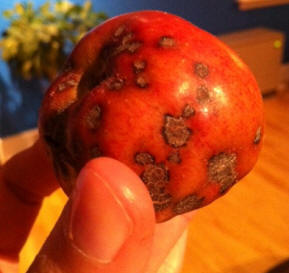
Chemical treatment is very dependent upon timing. In particular, a general fungicide should be used as soon as the leaves start to break dormancy in spring Apple scab diseaseespecially in damp weather.Apple scab disease This will prevent the first or primal infection stage. If the fungus takes hold at this stage, it is much more difficult to control at full leaf or developing fruit stage.
Copper fungicide seems to be as good as any, and is also considered safe in ‘organic’ terms.Apple scab disease
- Apple Tree Diseases
- Apple scab diseaseApple Tree Pests
- Apple scab diseaseApple Tree Problems
- Lichen on Apple Trees
Best Selling Gardening Products
Popular Gardening Sections
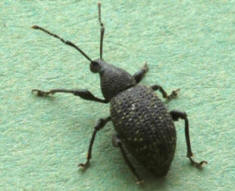
Problems
Identify Weeds in The Garden - How to deal with weeds. Diseases and Pest which harm your garden and plants, learn how to prevent, deter and erradicate your garden problems.
Garden Problems
Pruning
Pruning Guide. Shrubs flower better with correct pruning. Many illustrations and examples of what to do - and when. Includes evergreens, roses, flowering shrubs, spring flowering shrubs and pruning for stem effect. This is our most viewed and comprehensive section,
Pruning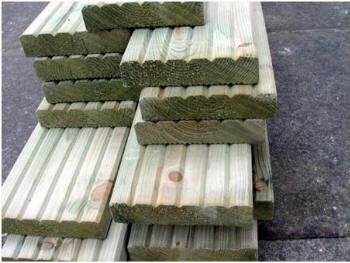
Gardening Businesses
Gardening Businesses listed in the UK counties and USA states. County and State Listings of businesses involved in Garden supplies and services. If you wish to be added to the Directory, please send us your information. Having problems, use the search box
Businesses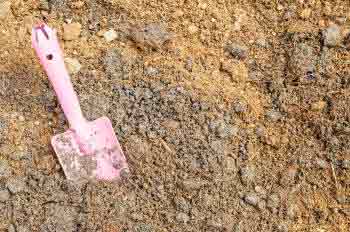
Gardening
In this section you will learn about Gardening Basics, Containers, Landscaping, Propagation and Soil.
Gardening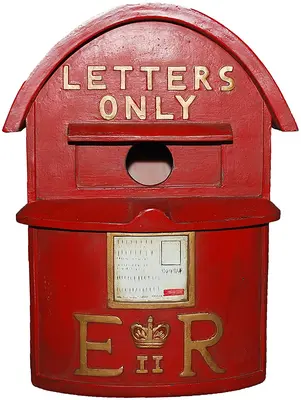
Gardening Gifts
Gardening Gifts and Reviews, Read Before you Buy
- Gardening Gifts Ideas
- Gifts For Her
- Gifts For Men
- Power Tool Gifts
- Cheap Gifts
- Personalised Gifts
- Wildlife Gifts
- Family Gifts

